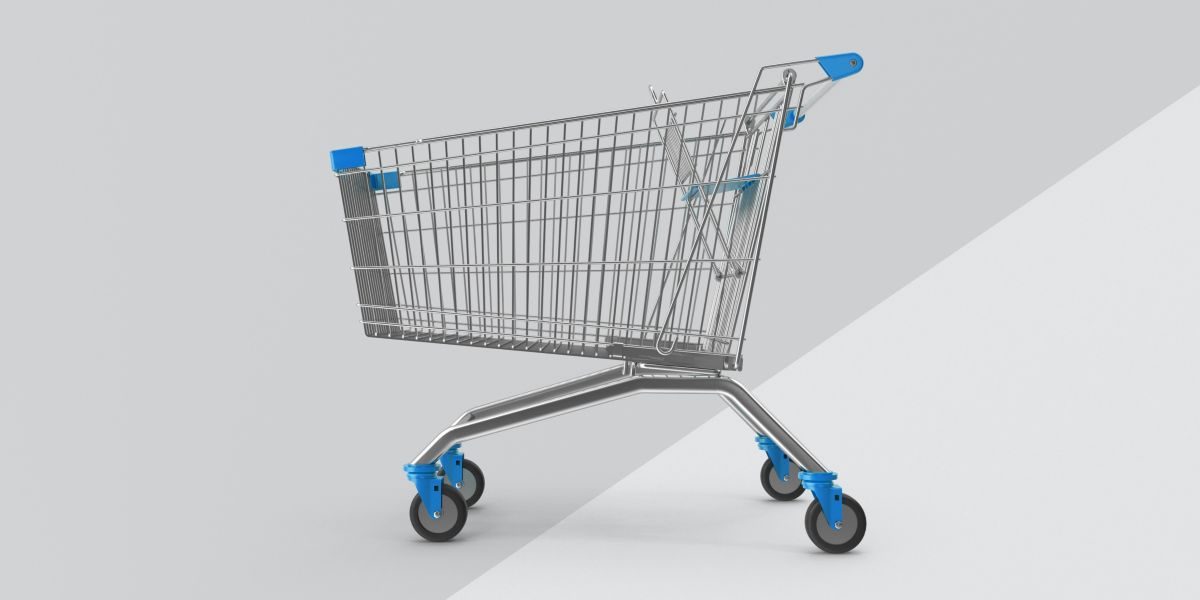Shopping habits are shaped by a combination of personal preferences, economic conditions, cultural influences, and psychological tendencies. With the expansion of e-commerce, businesses and marketers may benefit from understanding what influences consumers in their purchasing decisions. This article explores various subtle elements that appear to affect how people shop today, from the role of social media to psychological drivers and the perceived value of promotions.
The Role of Social Media in Influencing Consumer Behavior
Social media platforms have significantly impacted how consumers interact with brands and products. Visual-centric apps like Instagram and Pinterest can provide spaces where brand aesthetics engage potential customers. The fear of missing out (FOMO) may contribute to impulsive purchasing as individuals seek a sense of inclusion.
Influencer marketing introduces another layer to this effect; followers often place trust in endorsements from creators they admire. As consumers browse curated content, they may develop new perceptions about what is appealing, current, or relevant.
The Impact of Promotions and Discounts
Promotions and discounts often influence consumer purchasing behavior. Consumers may associate lower prices with added value, making them more inclined to purchase when an item is on sale. A well-planned promotional strategy has the potential to increase sales and improve a brand’s visibility. Many consumers tend to seek out discounts before making a purchase, suggesting that price incentives play a notable role.
The digital landscape has enhanced how these promotions reach users. Websites and apps now use algorithms to display targeted ads based on browsing history. For example, those shopping for clothing may consider exploring platforms like Nuuds.com
Psychological Triggers That May Drive Purchasing Decisions
Various psychological factors may play a role in shaping buying behavior. Anticipating happiness from acquiring a new item can motivate a purchase. Scarcity often drives urgency—limited-time offers or low stock messages can prompt quicker decision-making. Social proof, such as customer reviews, often provides reassurance during the decision-making process.
Additionally, the desire to belong influences purchases tied to identity or group affiliation. Cognitive biases also affect price perceptions—for instance, a product may appear more affordable when placed next to a higher-priced option. Understanding these factors can help brands fine-tune their messaging strategies.
Seasonal Trends and Consumer Behavior
Seasonal shifts have a measurable influence on shopping patterns. Consumers often adjust spending during holidays, back-to-school periods, or weather-related changes. Retailers frequently align marketing efforts with these patterns through targeted promotions and themed campaigns. Events like Black Friday are known for deep discounts, and many shoppers plan their budgets accordingly.
The emotional context of holidays and traditions may also encourage increased spending. The act of gift-giving, for instance, carries social and sentimental meaning, often influencing buying behavior. Marketers can take advantage of these predictable cycles to optimize engagement.
Brand Loyalty and Its Underlying Influences
Brand loyalty remains a relevant factor in consumer behavior. A consistent track record in product quality and customer experience can foster long-term loyalty. Emotional connections, too, are reinforced by values such as sustainability, transparency, or shared cultural beliefs.
Consumers who identify with a brand’s mission or message may support it repeatedly. However, loyalty can be vulnerable; even a single negative experience might disrupt the relationship. To maintain trust, companies are encouraged to provide ongoing value and authentic engagement.
The Influence of Economic Conditions
Macroeconomic variables, including income levels and employment rates, regularly shape consumer spending habits. During downturns, buyers may prioritize affordability and seek out budget-conscious alternatives. Economic growth, by contrast, often leads to greater willingness to invest in discretionary or luxury items.
Marketers can monitor these trends to tailor campaigns accordingly. Staying informed on local economic indicators may support better alignment between brand offerings and consumer priorities.
Technological Advancements and Their Role in Shopping
Smartphone access has greatly expanded the consumer journey, allowing people to browse and purchase across platforms seamlessly. Tools like augmented reality (AR) enhance online retail by allowing shoppers to visualize products in context, while artificial intelligence (AI) can provide recommendations tailored to individual preferences.
These technologies may contribute to higher engagement and conversion rates. Streamlined checkout systems and evolving payment tools are improving the convenience of online transactions. As innovation continues, businesses that adapt to new tech are likely to provide more relevant and engaging experiences.

Summary
Understanding the subtle factors influencing shopping habits provides useful insights for both consumers and businesses. From the evolving influence of social media to emotional and seasonal triggers, shopping is guided by a diverse set of motivations. By acknowledging these drivers, brands can better position themselves to meet consumer expectations without relying on exaggerated promises or assumptions. A data-informed, customer-centric approach may lead to more authentic and effective engagement in today’s complex retail landscape.
Disclaimer: The information provided in this article is for general informational and educational purposes only. It does not constitute professional advice, endorsement, or a guarantee of results.
















